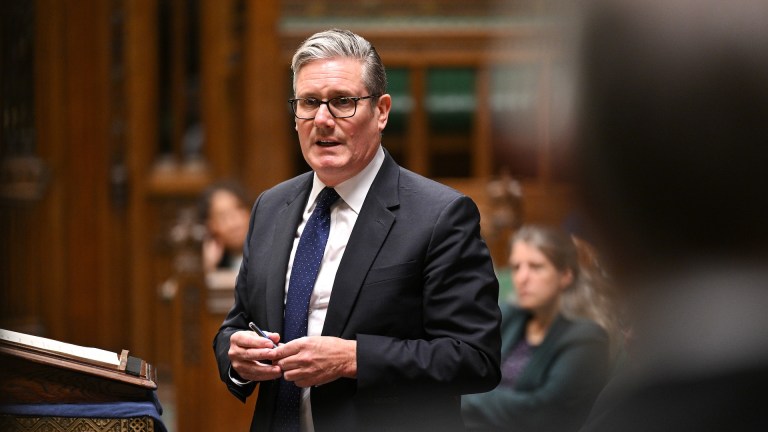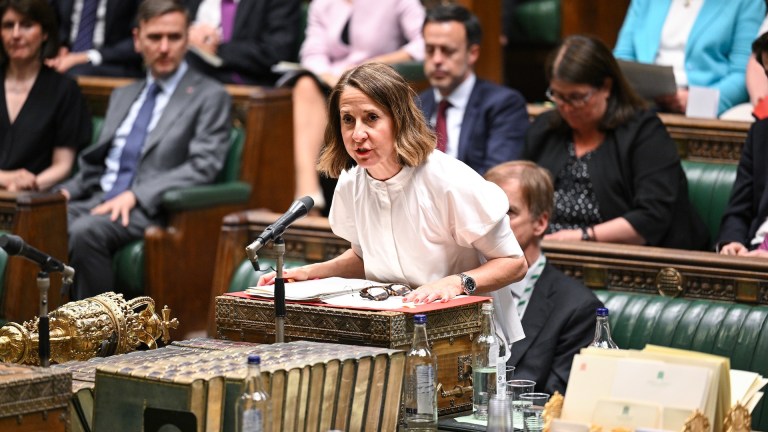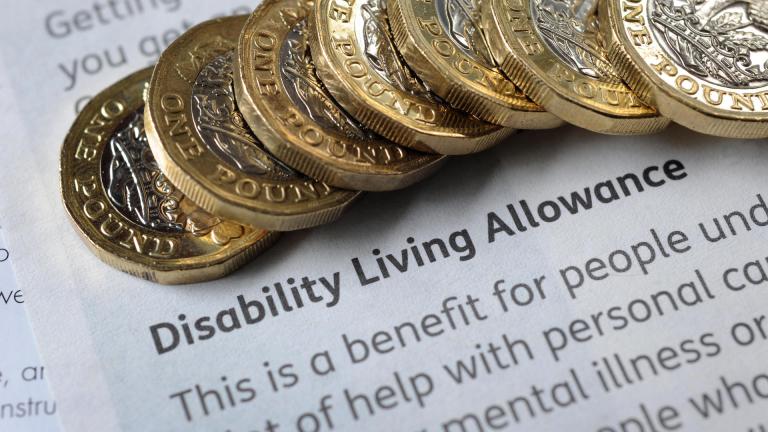Announcing the plans, prime minister Keir Starmer said: “This government promised change and that is what I am fighting every day to deliver. NHS backlogs have ballooned in recent years, leaving millions of patients languishing on waiting lists, often in pain or fear. Lives on hold. Potential unfulfilled.”
He added that it will mean “millions more appointments”, “greater choice and convenience for patients” and “staff once again able to give the standard of care they desperately want to”.
However, experts fear such targets may be unrealistic considering the current state of the NHS. Tim Gardner, assistant director of policy at the Health Foundation, said: “We should be under no illusions about just how stretching the targets are in this plan.”
He explained that the target of 92% of patients receiving hospital treatment within 18 weeks of referral by the end of this parliament is “highly ambitious and hasn’t been met for nearly a decade”.
“It would effectively mean the waiting list would need to fall by over three million over the next four years,” Gardner said. “Meeting the pledge would require improvements of a comparable scale to those achieved by the last Labour government in the 2000s, but in more difficult circumstances and with far lower levels of funding increases.”
Adesara said there are elements of the plan she supports as an NHS doctor, particularly around giving patients more control and flexibility within their care.
Advertising helps fund Big Issue’s mission to end poverty
“But the devil’s in the detail,” she added. “We need to hear more from the government about how they can actually make these ambitions materialise into reality. For all of these things you need staff capacity, facilities and equipment.”
Adesara said it is positive the government is thinking about using technology to improve care, but she said that “many parts of the NHS have really poor technological infrastructure”. She claimed that in some hospitals she has worked in, computers can take 20 minutes to load data.
“We have to make sure that we have basic, decent technological infrastructure throughout the NHS. And that requires investment,” Adesara said.
The government has said new technology and AI will be central to its mission to rebuild the NHS. It also plans to improve the NHS App, giving patients better access to information such as details of their appointments, results and waiting times, and using it to book appointments.
However, while digital tools might help make some patients’ experiences better, Adesara has found that for others, particularly those who are elderly, these online systems can be difficult to access.
“We need to make sure people are not left behind and we don’t have a two-tier system. We need to make sure we don’t get into a place where patients who are better informed or educated are able to choose better hospitals and better places to get their care, while those that are less informed and less educated end up with poor care,” Adesara said.
Advertising helps fund Big Issue’s mission to end poverty
Gardner at the Health Foundation agreed that “measures such as making greater use of the NHS App to expand patient choice and increasing use of the private sector need to be managed carefully so they don’t further widen inequalities”.
Matthew Taylor, NHS Confederation chief executive, said Labour’s approach indicates “serious attempt to reduce waiting lists in a more sustainable way and marks an important step forward in helping bring an end to a period of long waits”.
He said said “local NHS leaders will need to understand the plan in more detail”, particularly when it comes to the funding that will be in place to deliver the targets. He added it is “important to see more collaboration with the independent sector as this will provide much-needed support and capacity”.
Starmer said a new partnership with the private healthcare sector will help reduce waiting times and mean “more beds, more operations, more care” for NHS patients.
But campaigners are concerned about the privatisation of the NHS. Johnbosco Nwogbo, lead campaigner at We Own It, which campaigns against privatisation, said: “The Conservative government has spent the last 14 years signing deal after deal after deal with the private healthcare sector to use ‘private capacity to cut waiting lists’. And it simply has not worked.
“The reason that it hasn’t worked is that the private sector has a different set of interests to the NHS on waiting lists. The NHS wants to cut waiting lists. The government wants to cut waiting lists. Private sector wants to benefit from people on waiting lists, because people spend more money if they go to the private sector.
Advertising helps fund Big Issue’s mission to end poverty
“The government should stop dithering and tinkering around the edges and put in place a solution that’s actually going to work. And that is through properly funding the NHS. It is very clear that the NHS has just lived through the most austere decade in its entire history. So they need to face the facts. The NHS needs funding, and secondly, they need to get the private sector out of the system.”
Adesara added that the government has not spoken “enough today about staff”. “We need to have a motivated and supported workforce who deliver these plans. Too many staff feel unsupported and demotivated. We need more from the government about how they can support staff,” she said.
Helga Pile, the head of health at public services union Unison, said: “Staff are the bedrock of the NHS and key to turning around its fortunes. Ministers know that all the extra appointments and other ways of increasing capacity won’t happen on their own.
“Health workers have been taken for granted for years by governments and little they’ve heard from the prime minister on his plans will encourage them to feel differently. It’s not just the state of services and the quality of care that are making staff feel so low. Many are at breaking point as they’ve too few colleagues to get the job done and they keep seeing those they work with quit for pastures new.”
Unison is calling for an investment in staff, through recruiting and retaining skilled, experienced workers and paying them fairly. It is urging Labour to meet with unions to discuss April’s wage rise and to “fix the problems” within the NHS pay structure.
Do you have a story to tell or opinions to share about this? Get in touch and tell us more. This winter, you can make a lasting change on a vendor’s life. Buy a magazine from your local vendor in the street every week. If you can’t reach them, buy a Vendor Support Kit.
Advertising helps fund Big Issue’s mission to end poverty










